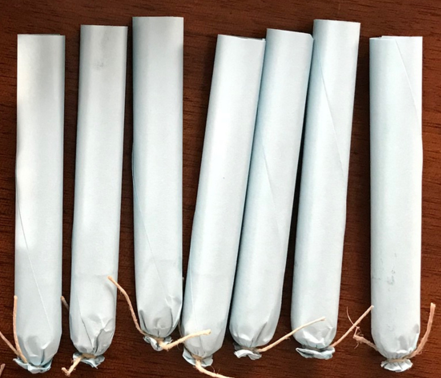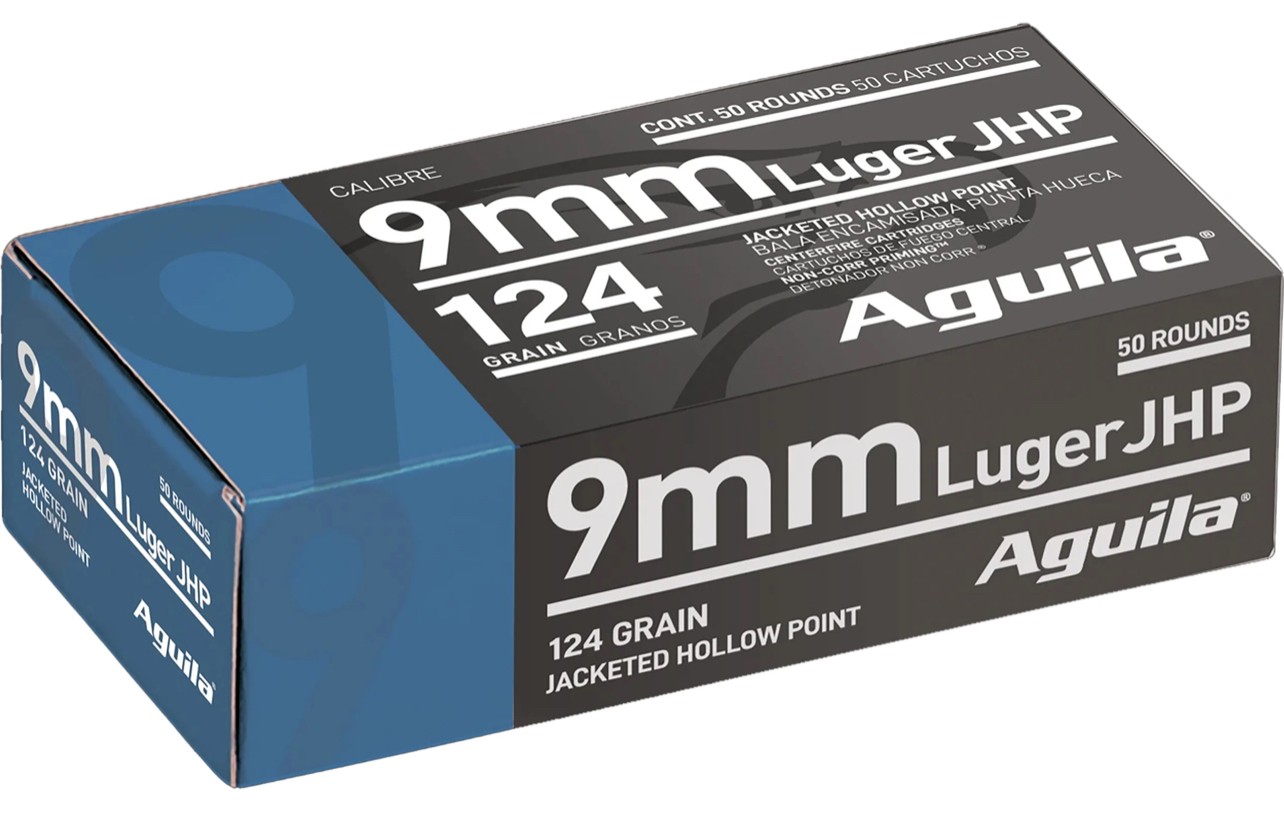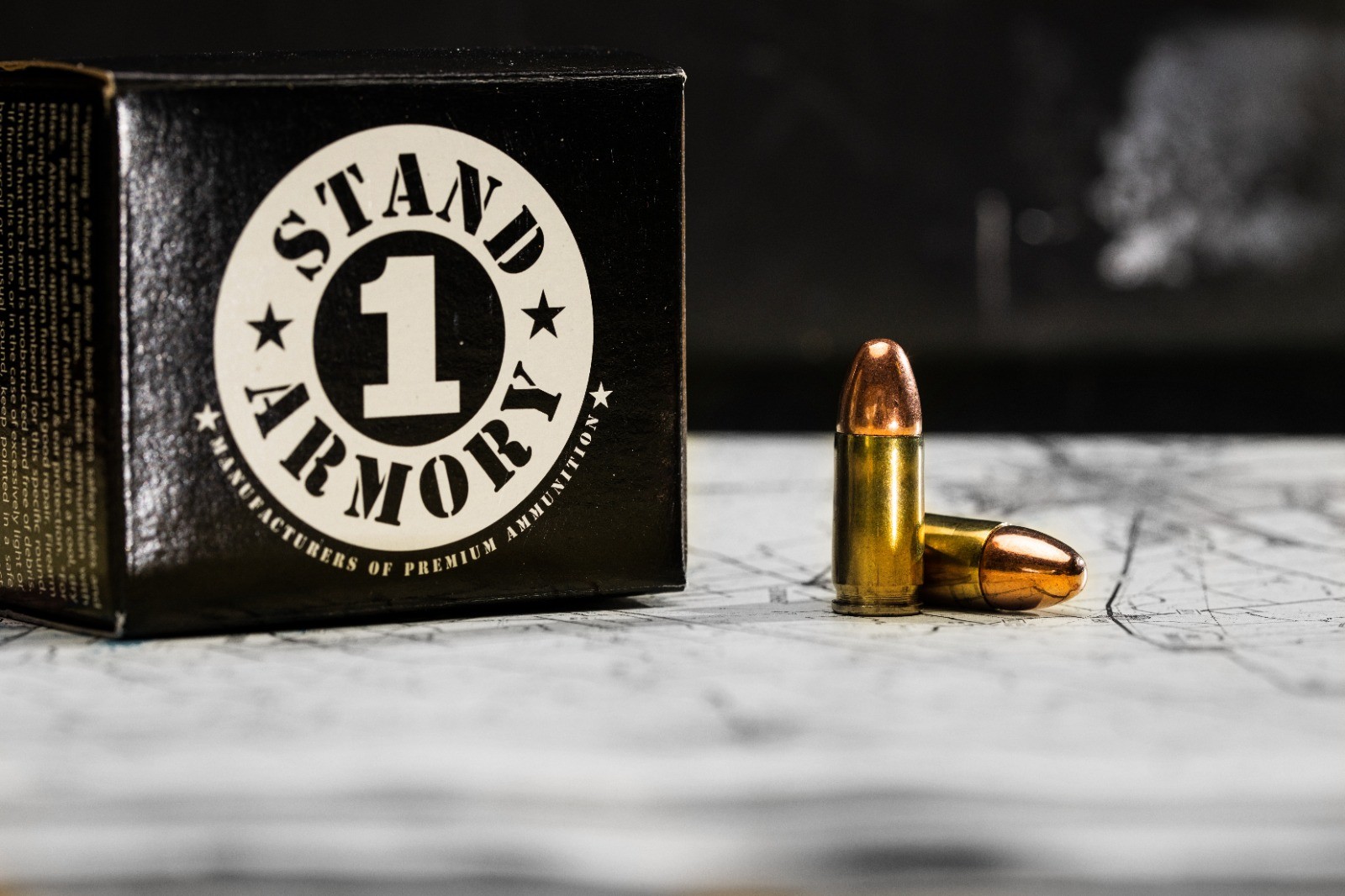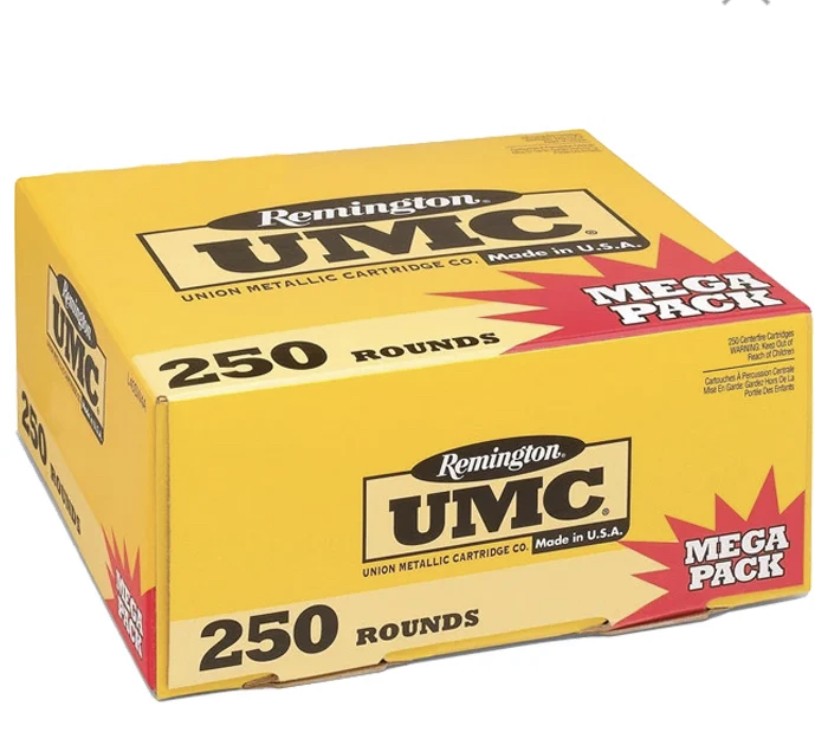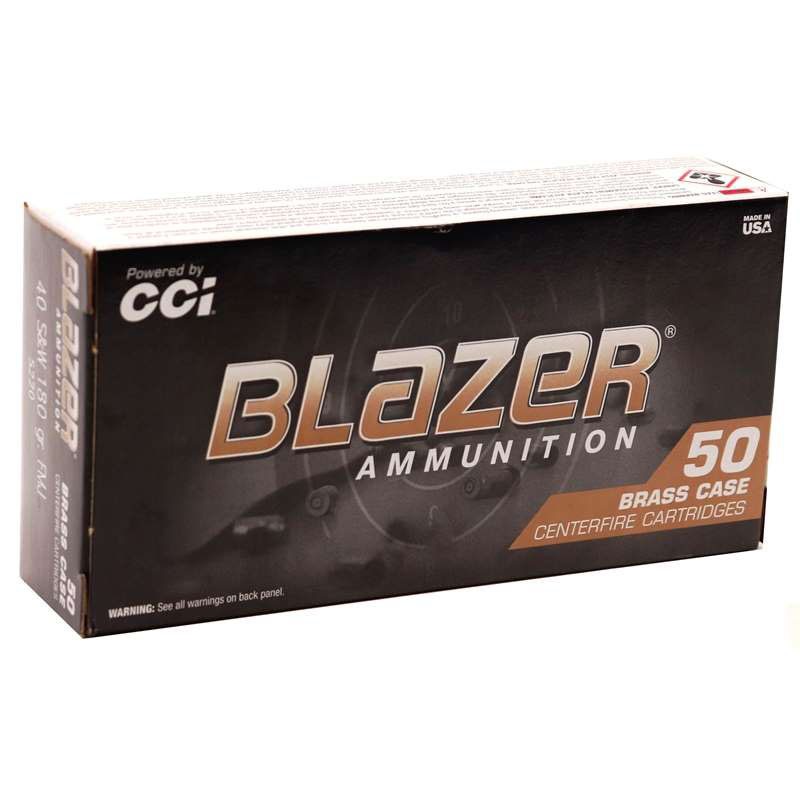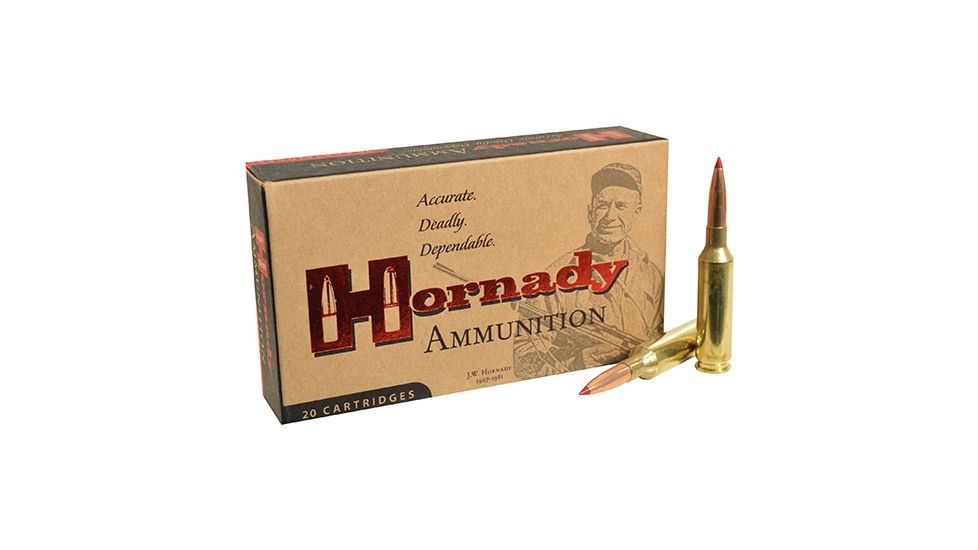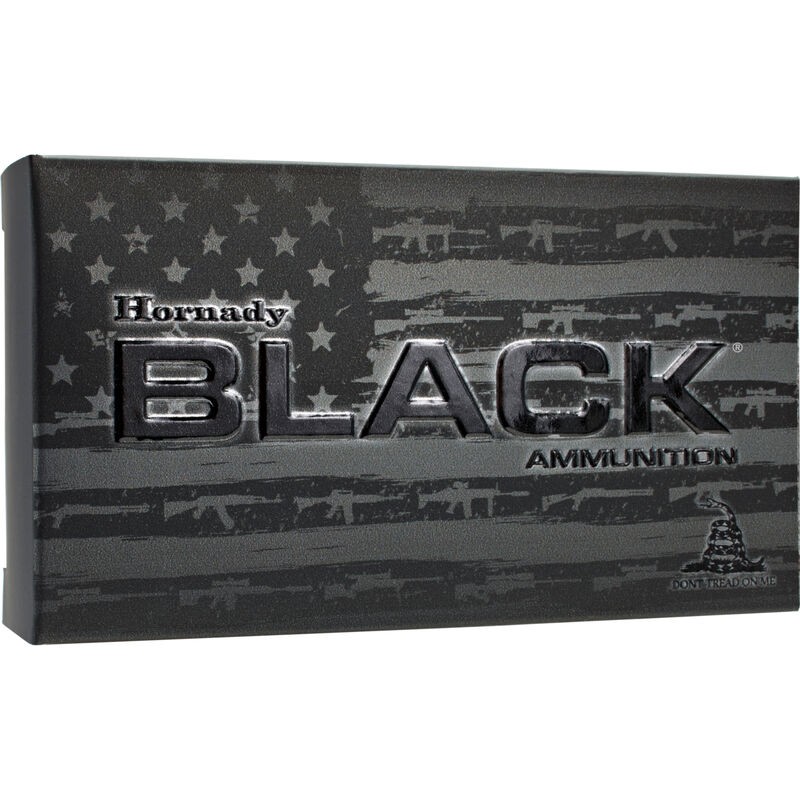Williams Cleaner Bullet Cartridges
Oak View, CA
Williams Cleaner Bullet Cartridges are made with the historically correct sky blue paper, to distinguish them from regular Minie cartridges. They do not come with powder. Like the regular Minie cartridges, these will hold up to 65 grains of black powder.
"I have no hesitation in saying that the swaged grooved ball with the Williams Cap on the base is the most perfect projectile for Army use I have ever seen." -- Colonel Hiram Berdan, 1861
The Williams Patent "Improved Enlongated Bullet" is one of the most controversial and misunderstood pieces of ordnance ever adopted for service for the U.S. Army. Initially adopted with great promise, and highly praised by none other than Hiram Berdan (of U.S. Sharpshooters fame), the Williams bullet has a less than stellar reputation today. Known commonly but anachronistically as "Williams Cleaner Bullets," the controversy over the bullet's effectiveness, accuracy, and popularity continues today. Inventor Elijah D. Williams designed his bullet to perform better than the simpler Burton (Minie) bullet adopted for U.S. service in 1855. Colonel Hiram Berdan supervised field tests for the Ordnance Department in 1861, and on his glowing recommendation, millions and millions of Williams bullets were ultimately produced. The Type II was the first variant to see widespread service.
On the explosion of the powder charge, a hardened lead alloy T-shaped "pin" was driven sharply into a tapered cavity in the bullet base, forcing the bullet to expand. Plug bullets were nothing new, but the clever shape of the pin and cavity meant that the shoulder of the bullet expanded first, resulting in more accurate shooting. Because the pin was driven into the bullet cavity instantly upon firing, before the bullet could move any significant distance down the rifle barrel, it had an advantageous cleaning effect. Minie-style Burton bullets expanded more gradually, and often left fouling deposits. Because the Williams bullet was smaller in diameter than the Burton bullet, it could also be loaded more easily into a fouled barrel. It was found that firing a Williams bullet would scrape out the fouling, and this led to their description as "cleaner bullets."
They were not received well by soldiers, who unhappily discovered that if they rammed a Williams bullet for guard or picket duty, the ramming would often force the pin into the bullet and expand it; such expanded bullets were notoriously hard to remove with a worm or ball-puller when the guard shift was over. Myths and rumors quickly spread, and other inventors (jealous of Williams's success) kept up a constant anti-Williams bullet crusade in Washington. Elijah Williams died in May 1864, and could not respond to these attacks. Thus the controversy, misinformation, and "smear campaign" against the Williams bullet is as old as the bullet itself.
My Williams Type II's are based off the precise dimensions of an original Williams bullet, and have a pure soft lead bullet with a hard lead alloy pin. The originals had a thin metal concave disc between the pin and the bullet, but these discs are expensive and difficult to manufacture. To keep costs reasonably low, my bullets don't have the disc (I've found no difference in accuracy between bullets with the discs and without them)
Posted Wednesday, Jul 22 2020
Approximation to protect seller's privacy
